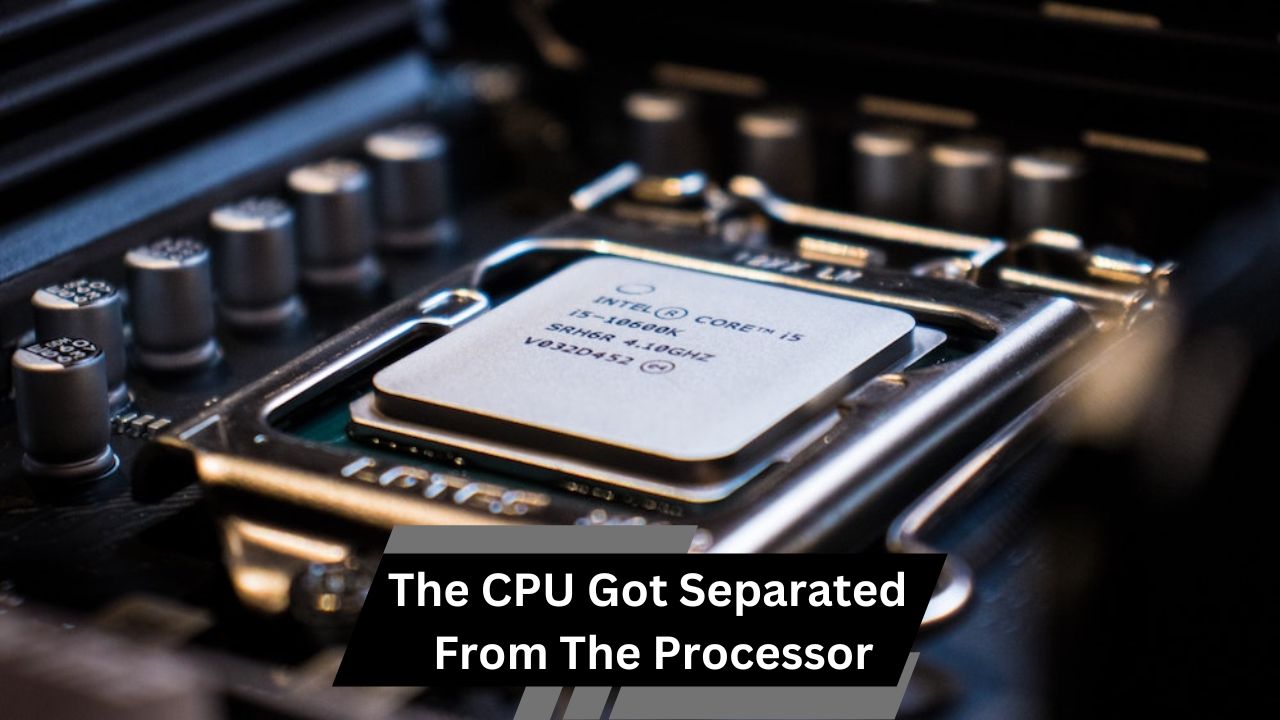Socket 1366, launched by Intel in 2008, supported high-performance CPUs like Core i7-920 and Xeon X5550, featuring triple-channel memory and Turbo Boost technology.
Introduction:
Socket 1366, also known as Socket B, was a popular CPU socket used mainly by Intel from 2008 to 2011. It was known for its powerful performance and was a key part of many high-end desktop computers during that period. This article will provide a detailed look at the processors that worked with Socket 1366, their features, and how they influenced computing at the time.
What is Socket 1366:

Socket 1366 was introduced with Intel’s Core i7 processors, marking a significant upgrade from the previous Socket 775. It supported the Nehalem microarchitecture and offered several advancements:
- Triple-Channel Memory: Unlike older sockets, Socket 1366 supported triple-channel DDR3 memory. This allowed for faster data transfer and better overall performance.
- Turbo Boost Technology: This feature enabled processors to automatically increase their speed when extra power was needed, improving performance for demanding tasks.
- Hyper-Threading Technology: Many of these processors could handle more tasks at once by using Hyper-Threading, which allowed each core to process two threads simultaneously.
List of Socket 1366 Processors:
Intel Core i7-900 Series:
- Core i7-920: Released in late 2008, the Core i7-920 was a popular choice among users seeking solid performance without breaking the bank. It had 4 cores and 8 threads, with a base clock speed of 2.66 GHz. The Turbo Boost feature could increase its speed to 2.93 GHz when needed. This processor was well-regarded for handling multitasking and gaming efficiently.
- Core i7-940: A step up from the i7-920, the i7-940 had a base clock of 2.93 GHz and could boost up to 3.2 GHz. It provided a good balance of performance and power consumption, making it a reliable choice for both everyday tasks and more intensive applications.
- Core i7-965 Extreme Edition: This high-end processor was designed for enthusiasts and overclockers. It came with a base clock speed of 3.2 GHz and could reach up to 3.46 GHz with Turbo Boost. Its performance was top-notch, making it ideal for gaming and high-performance computing.
Also read: How to Update Processor Driver Intel – Easy-to-Follow Guide!
Intel Core i7-800 Series:
- Core i7-860: The i7-860 was another solid option for users looking for good performance at a slightly lower cost. It had 4 cores and 8 threads, with a base clock speed of 2.8 GHz. Turbo Boost could increase its speed to 3.46 GHz. It was known for its well-rounded performance in both gaming and multitasking.
- Core i7-870: Operating at a base clock speed of 2.93 GHz and with Turbo Boost up to 3.6 GHz, the Core i7-870 offered strong performance. It was a good choice for users who needed a bit more power for demanding applications and gaming.
Intel Xeon Processors:
- Xeon W3530: Aimed at professional workstations, the Xeon W3530 offered 4 cores and 8 threads with a base clock speed of 2.8 GHz. It could boost up to 3.06 GHz. This processor was known for its reliability in handling workstation tasks and was a solid choice for professionals.
- Xeon X5550: This Xeon processor featured 4 cores and 8 threads, running at 2.66 GHz with Turbo Boost up to 3.06 GHz. It was popular in servers and high-performance workstations for its efficient handling of complex tasks and applications.
Key Features of Socket 1366 Processors:
- Triple-Channel Memory: This design allowed for faster data transfer by using three memory channels simultaneously, which improved overall system performance.
- Turbo Boost Technology: This feature enabled processors to automatically increase their clock speeds when extra performance was needed, such as during gaming or video editing.
- Hyper-Threading Technology: By allowing each core to handle two threads at once, Hyper-Threading improved multitasking and made the processor more efficient at handling multiple tasks simultaneously.
Performance and Compatibility:

Socket 1366 processors were known for their excellent performance in a wide range of tasks. They were compatible with motherboards featuring the Intel X58 chipset, which supported advanced features like multiple graphics cards (SLI and CrossFire). This made Socket 1366 a great choice for gamers and professionals who needed high performance.
Legacy and Impact:
While Socket 1366 has been succeeded by newer socket types like Socket 1155 and Socket 2011, its impact on computing technology was significant. The processors that used this socket set new standards for performance and features in their time. They paved the way for future advancements in CPU technology and left a lasting legacy in the computing world.
FAQ’s:
1. What is Socket 1366?
Socket 1366 is a CPU socket used by Intel processors, known for supporting features like triple-channel memory and Turbo Boost technology.
2. Which processors were popular with Socket 1366?
Popular processors include the Intel Core i7-920, Core i7-965 Extreme Edition, and Xeon X5550.
3. What is triple-channel memory?
Triple-channel memory allows the CPU to use three memory channels simultaneously, improving data transfer speeds and overall performance.
4. What motherboard chipset was used with Socket 1366?
The Intel X58 chipset was commonly used with Socket 1366 motherboards, providing support for advanced features like multiple graphics cards.
5. Is Socket 1366 still in use today?
No, Socket 1366 has been replaced by newer socket types, but it remains an important part of computing history.
Conclusion:
Socket 1366 processors played a crucial role in the development of high-performance desktop computing. With their support for triple-channel memory, Turbo Boost technology, and Hyper-Threading, they offered impressive performance and capabilities for their time. Although newer technologies have taken their place, Socket 1366 remains an important part of computing history, reflecting the advancements made in the early 21st century.




